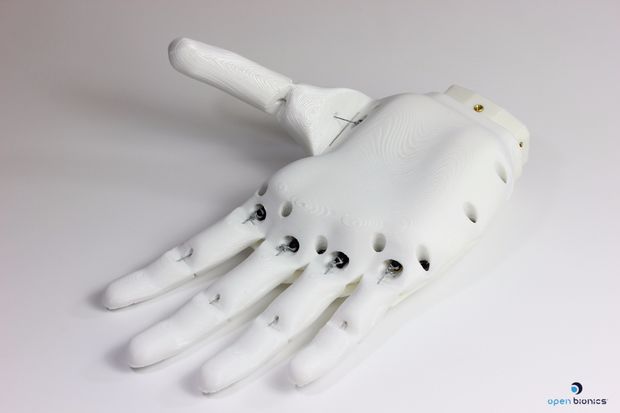Sixi Robot Arm update
I’m finally making progress on a new model. Starting from the hand and testing as I go.
I made a vault-like lock for a jewelry box and in it I used brass tubes as spacers and bushings. It was so good I had to try and use bushings in my next design. They’re suddenly everywhere! Also all my parts that fit over a bushing have an extra large hole and a separately printed shaft collar. That way the time to fix a part is low because only the collar needs reprinting.
It’s novemeber 12 today and I should (fingers crossed) have sensors reading the angles of the two axies by the end of the day. Shortly after that I’ll be bending belts around a 90 degree angle (which I’ve never seen any DIYer do before in-person).
The tail end of this robot is going to need 4 gearboxes to get enough power so I’ve been bugging @Paul Gould about
his excellent work, and I hope to print a few of his designs. The
lifting power of the elbow and the shoulder will probably be linear
actuators.
Right! That’s enough of that for now.




